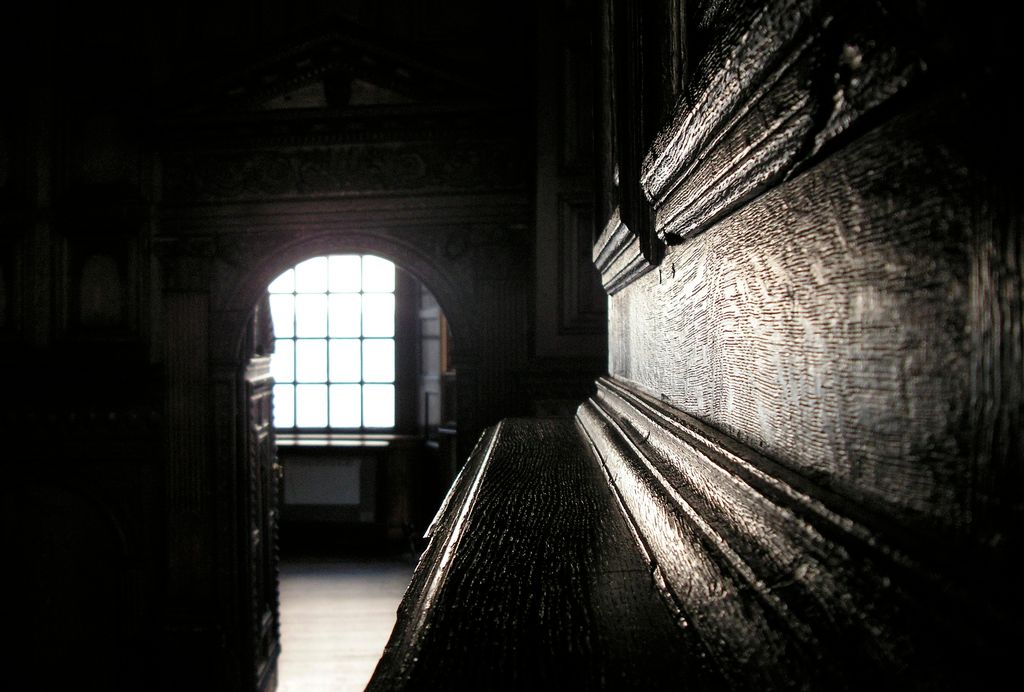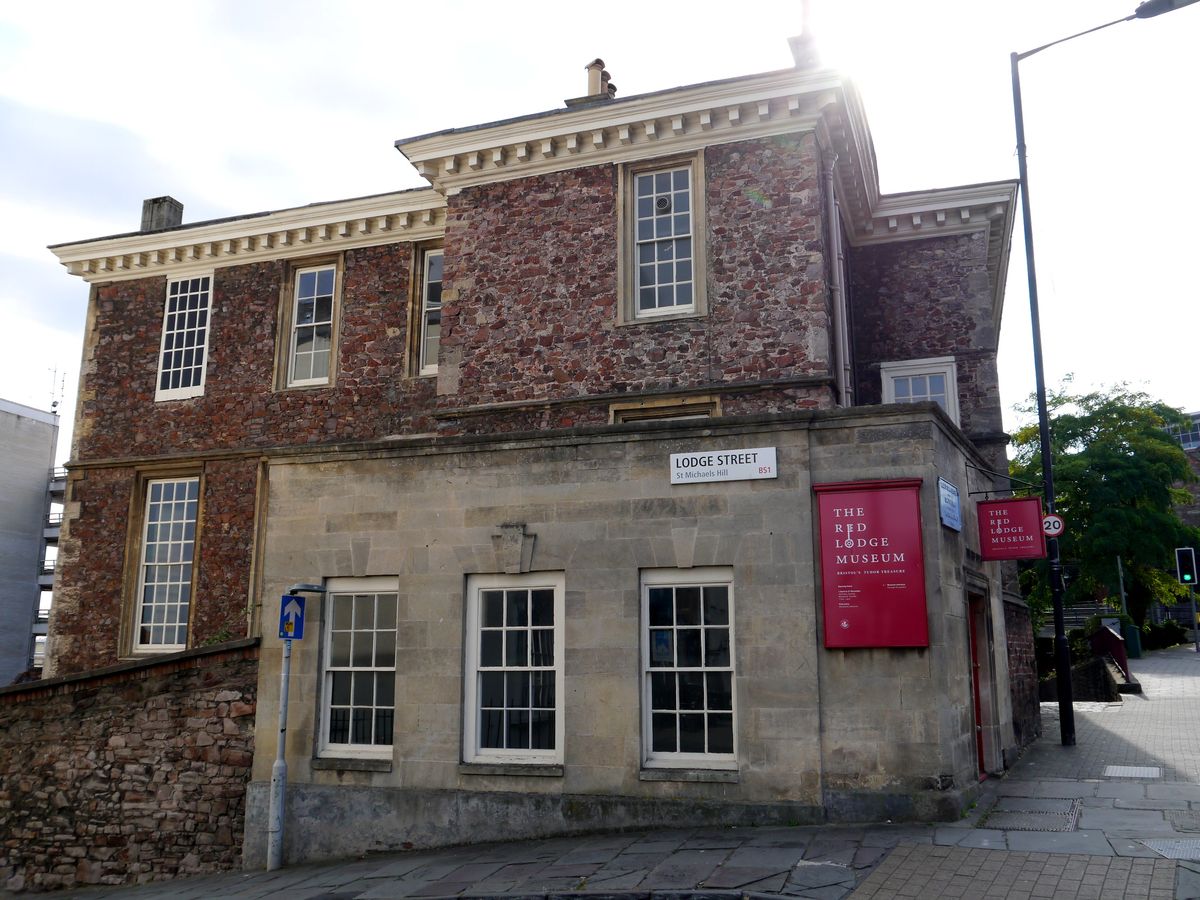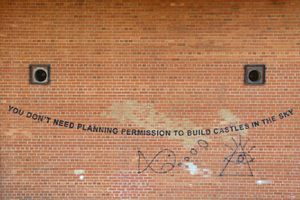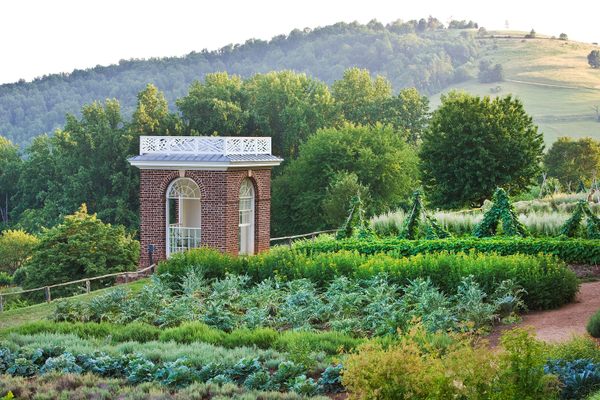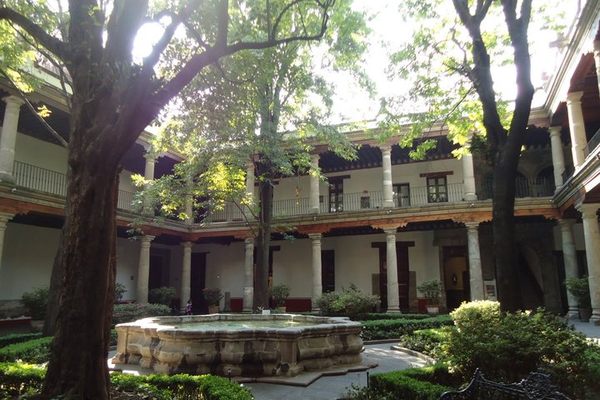About
Hidden away off the old and uneven Lodge Street, and accessed via a proudly manicured, diminutive hedge garden, The Red Lodge Museum provides one of Bristol’s lesser-known, yet fascinatingly arcane sites, guiding visitors on an oak-paneled journey through Britain's domestic and educational history.
The interior of the museum completely resides within the confines of the mansion's grounds. Split into three sections, the first area consists of the Bristol's oldest rooms. All of these former living quarters date back to the living compound's earliest period of existence. Built on the site of a former Carmelite monastery dating back to 1538, the Red Lodge started first as a great house belonging to a wealthy Bristolian merchant named Sir John Younge, built around the year 1570 which was later expanded to include the White Lodge on the house's eastern side, and the museum's eponymous Red Lodge just up the hill.
On the grounds of the modern museum, the so-called "Great Oak Room" remains the most exemplary of what are considered to be Bristol's three oldest rooms, thanks to its ornate Tudor/Elizabethan oak panelling, double-decker fireplace, and moulded ceiling that make it rivaled by none in the West Country. Seen out the windows of the Great Oak Room is a reinterpretation of an Elizabethan knot garden, in which the box hedges growing below have been shaped into a living pattern that mimics the design appearing overhead in the adjacent bedroom ceiling. A replica 17th-century trellis is draped with climbing vines, while flowers and herbs co-mingle in a style befitting the way an English landscaper would have kept garden in the 1630's.
Though the first two hundred years of its existence saw the mansion pass through the hands of various merchants' families, the estate found its legs in a most groundbreaking manner under the care of Lady Byron, who purchased the estate in 1854, 30 years after her famous poet-husband's passing. Lady Byron then gave full charge of the premises to Mary Carpenter, who founded the nation's first ever Girls’ Reformatory at the Red Lodge. Here, Carpenter channeled her progressive ideas to serve under privileged girls with an education, rather than leaving them to traditional Victorian modes of "salvation" at the time, which included funneling the poorest and most deprived children into workhouses or prisons.
The Girls Reformatory continued operation until 1917, when society's favor swung in new directions for the treatment of its indigent children, forcing the school's closure. Bristol City Council spent decades arguing for the preservation of the Red Lodge due to the wide swath of social history this singular building contains, ultimately finding resolution in 1948 when it officially became an extension of the City of Bristol Museum and Art Gallery.
Related Tags
Know Before You Go
- Free Access - No Parking - No Disabled Access
Community Contributors
Added By
Edited By
Published
May 19, 2016
















